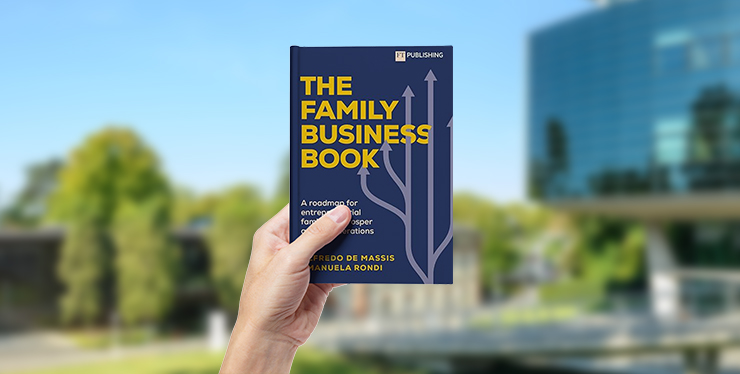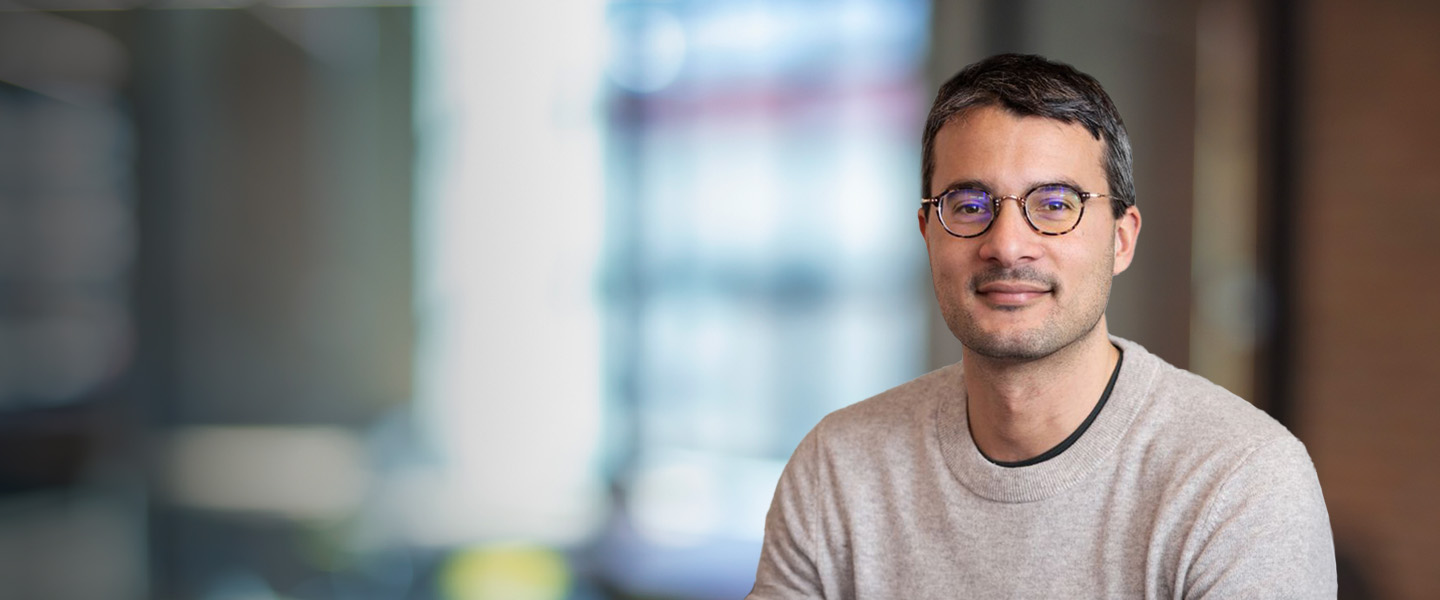
The rise of Runtastic
In 2006, three young Austrian men had a brilliant idea: a tracking system for amateur runners to record runs and improve their times. They knew that more people were taking up running. They had the technical expertise to build the kit. Their plan was to sell stationary tracking equipment to operators of public tracks, running clubs and schools. Revenues would come from selling equipment and tracking devices and they would build a web portal for users to track their progress.
It didn’t take long for the three friends, René Giretzlehner, Christian Kaar and Florian Gschwandtner, to realize that demand for such equipment was at best unclear and at worse confidential. However, they knew they were on to something so continued to develop the technology. Then in June 2008 Apple launched the iPhone 3G – with an in-built GPS receiver – and everything changed.
The team built an app prototype to track runs directly with a smartphone. It worked immediately. They quickly realized that it opened up new global horizons and abandoned the stationary running-track equipment to focus on the mobile app. Their potential clients were now the runners themselves.
Alfred Luger, Gschwandtner’s university friend, quit his job to join the venture and the Runtastic team was complete. The company was registered in Austria in October 2009.
Attention seekers
Initially, the revenues from one-time app purchases and in-app advertising weren’t enough to finance the growing operations. Runtastic needed investors but could not find interested parties. The four founders paid themselves minimum wage, lived with their parents and took on freelance work to make ends meet. They admit that they didn’t really know what they were doing. Luger later said: “There were no books on ‘How to successfully launch an app.’ It was all trial and error.”
The team persisted and the app gained traction. The company launched an Android version in May 2010 and total downloads reached one million by early 2011. A premium version of the app finally brought in serious revenue and Runtastic swelled to 25 employees. This was finally enough to catch the eye of investors.
Investment opportunity
Ironically, by then the company really didn’t need money anymore. What Runtastic needed were investments of a very different kind: mentors, coaches and strategic partners.
So they chose a few investors carefully, dealing with trusted personal contacts. They continued to innovate and grow the company, adding a range of hardware including an armband and a smartwatch. In due time, venture capitalists became interested and the founders cautiously scanned the market. They ended up selling 50.1% of the company for €22 million in October 2013 to Axel Springer Digital Ventures, the venture arm of the Germany-based Axel Springer group, best known as the publisher of Bild newspaper.
The deal made the four founders instant millionaires, and none of them had yet turned 30.
Keep running
Far from bowing out and enjoying the fruits of their labor, the founding team shifted its focus to molding the organization’s structure into something more befitting an industry leader. They had created executive functions before the Springer acquisition: Gschwandtner was CEO but also served as sport enthusiast, product fanatic, power beta-user and chief salesman. Kaar and Giretzlehner were co-CTOs. Luger was both CFO and COO. But these roles reflected the way the foursome had always worked together, rather than what the company needed for the future. With size and growth came a clear need to refine the organizational structure to create effective processes, policies and a new layer of management.
After due reflection, the founding team and their venture capital backer decided it was time to sell up. Towards the end of 2015, sports equipment giant adidas acquired Runtastic for a reported $239 million.
The adidas era and beyond
The founding team stayed on, adapting once more to the evolving needs of the company. Adidas confirmed that Runtastic would continue to run independently, but it hoped that it would also be the key to unlocking its future growth ambitions. What will that mean for the four founders?
Runtastic is now entering a new, more challenging, era. It has a strong foundation and ethos – it is Austria’s fourth best employer in Great Place to Work’s 2016 rankings – but the market is getting tougher. When the company was launched in 2009, the fitness and health app segments were ill defined. By the end of 2015, there were more than 100,000 such apps available on iTunes and Google Play. At the same time, consumers’ willingness to pay for apps has been decreasing. In Germany, that percentage had dropped from 30% in 2013 to 25% in 2015.
Runtastic’s story isn’t unique: other major fitness app providers have been acquired by large manufacturers, enabling the creation of better, more sophisticated functionalities.
The founding team who had a great idea for an app less than 10 years ago is now heading a major global brand in a complex and competitive market. Runtastic is expected to continue to make money and justify the investment adidas has made in it. The founders are now part of the corporate world but will once again have to go back to their start-up roots and salvage what made them successful to begin with: agility and nimbleness.
Dr Benoit Leleux is the S. Schmidheiny Professor of Entrepreneurship and Finance.
This was based on the case assignment project of Johann Sulzenbacher, Michael Roth and Johannes Kwizda, IMD EMBA 2016.
Research Information & Knowledge Hub for additional information on IMD publications
In the 2010s, card processing – Mastercard’s flagship service – started showing signs of commodification as new, nimble players (typically, fintech startups thriving on digital) entered the payment processing space, and customer preferences evolve...
In July 2024 Guido Preti, La Marzocco’s sustainability manager, was preparing his three-year plan to combine La Marzocco’s ESG program with that of its new owners, the De’Longhi Group. Since its inception in 1927, the company had relentlessly soug...
Research Information & Knowledge Hub for additional information on IMD publications
Research Information & Knowledge Hub for additional information on IMD publications
Research Information & Knowledge Hub for additional information on IMD publications
Research Information & Knowledge Hub for additional information on IMD publications
Research Information & Knowledge Hub for additional information on IMD publications
Research Information & Knowledge Hub for additional information on IMD publications
Research Information & Knowledge Hub for additional information on IMD publications
Research Information & Knowledge Hub for additional information on IMD publications
in I by IMD
Research Information & Knowledge Hub for additional information on IMD publications
Research Information & Knowledge Hub for additional information on IMD publications




